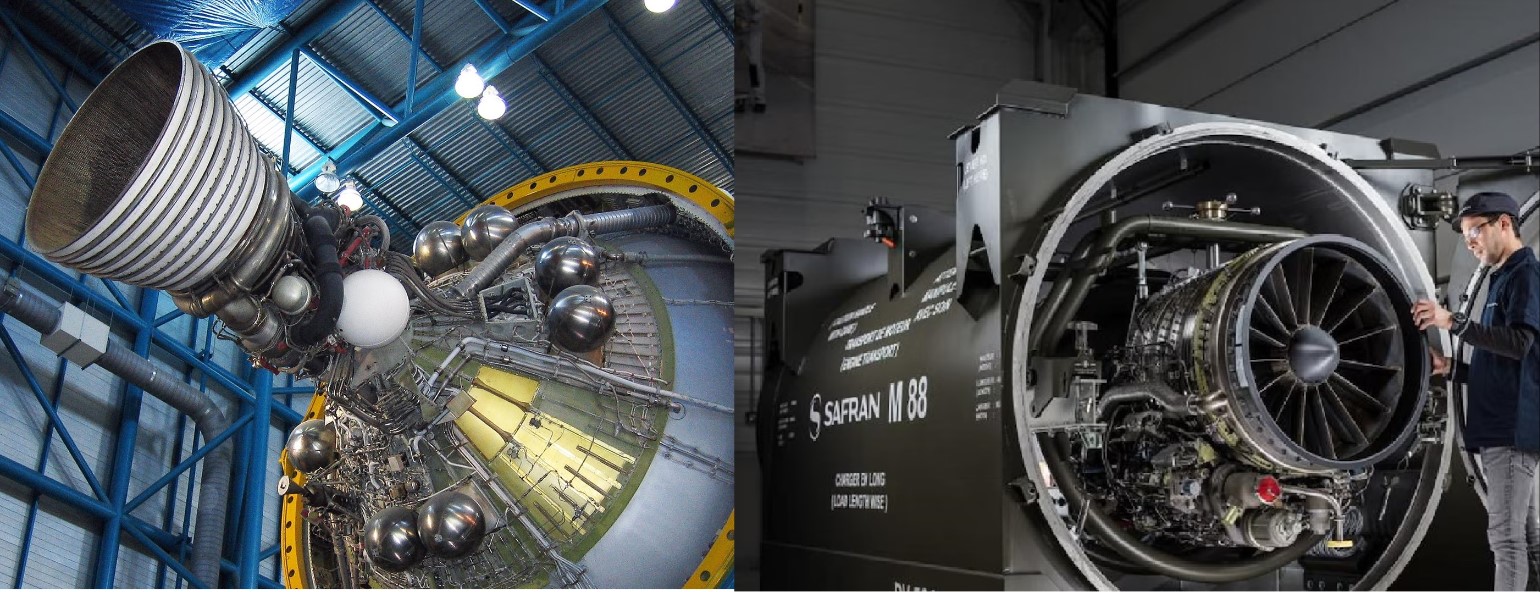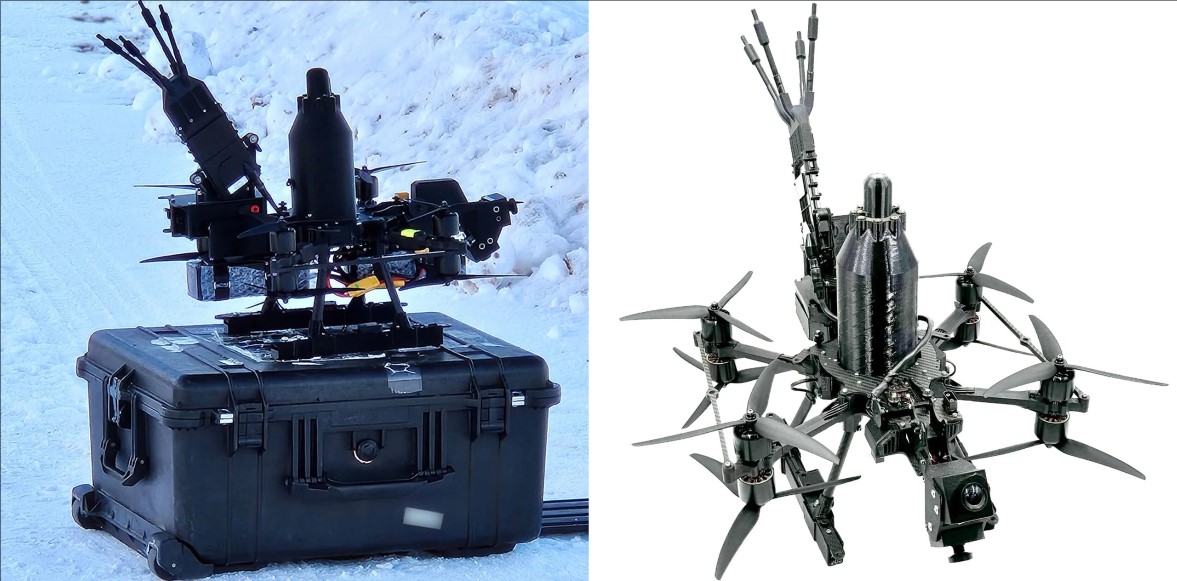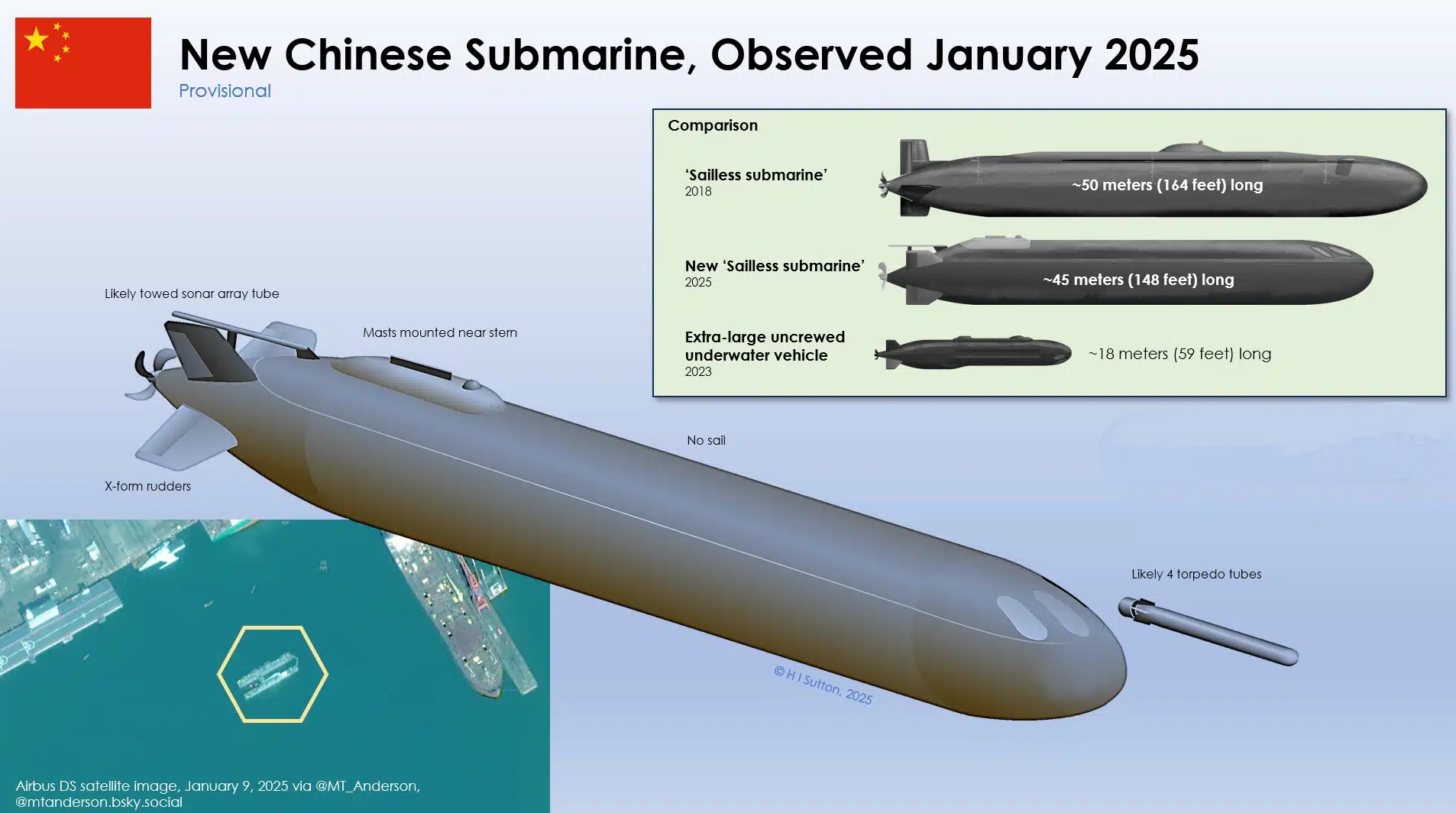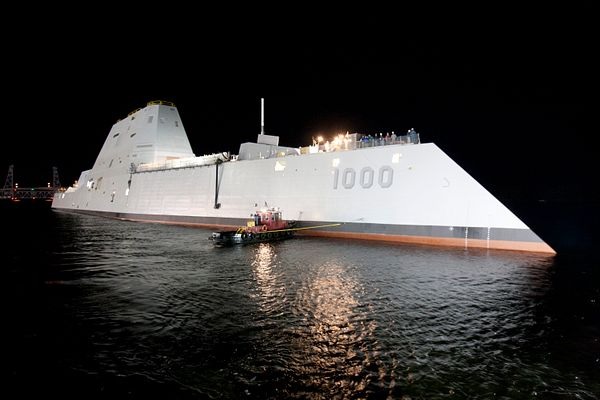Why Fighter Jet Engine Development Outpaces Rocket Engine Complexity

The development of a fighter jet engine is often regarded as one of the most intricate engineering challenges in aerospace technology. While rocket engines might appear more impressive due to their sheer power and role in space exploration, the complexity of fighter jet engines far surpasses them in many ways. This article explores why the development of fighter jet engines is more challenging than that of rocket engines.
1. Operational Environment
- Fighter Jet Engines: Operate in dynamic environments with rapid changes in altitude, speed, and maneuverability. They must handle supersonic speeds, low-speed takeoffs, and idle conditions, requiring adaptable performance across a wide range of scenarios.
- Rocket Engines: Operate in a relatively linear and controlled trajectory, moving from ground-level atmospheric pressure to the vacuum of space in a single flight.
2. Reusability and Lifespan
- Fighter Jet Engines: Designed for long-term use, with thousands of flight hours and multiple starts and stops. They require exceptional durability and reliability under varying conditions.
- Rocket Engines: Often single-use (in traditional designs) or reused for a limited number of launches in modern reusable systems like SpaceX's Falcon engines.
3. Thermal and Mechanical Stresses
- Fighter Jet Engines: Experience cyclical thermal and mechanical stresses due to repeated use and rapid throttle changes, necessitating advanced cooling and material technologies.
- Rocket Engines: While they endure extreme temperatures and pressures, the stress is transient and limited to the duration of a launch.
4. Complexity of Design
- Fighter Jet Engines: Feature intricate designs like afterburners, variable geometry nozzles, and adaptive cycles to optimize performance for both subsonic and supersonic flight.
- Rocket Engines: While complex, their design focuses primarily on maximizing thrust-to-weight ratio and efficiency for unidirectional propulsion.
5. Multifunctionality
- Fighter Jet Engines: Must balance multiple objectives, including thrust generation, fuel efficiency, stealth, noise reduction, and compatibility with onboard systems.
- Rocket Engines: Primarily designed to provide maximum thrust to overcome gravity and reach orbit, with less emphasis on versatility.
6. Safety and Redundancy
- Fighter Jet Engines: Operate in manned systems, demanding stringent safety protocols, real-time fault tolerance, and redundant systems to protect pilots.
- Rocket Engines: Though safety is critical, especially for crewed missions, unmanned missions do not require the same level of redundancy and safety mechanisms.
7. Manufacturing and Maintenance
- Fighter Jet Engines: Designed for routine maintenance, repair, and upgrades over their service life, requiring complex manufacturing and modularity.
- Rocket Engines: Typically manufactured for single-use or limited reuse, with less emphasis on long-term maintenance.
While rocket engines boast tremendous power and play pivotal roles in space exploration, the complexity of fighter jet engine development lies in their need for adaptability, precision, and endurance across diverse and demanding operational scenarios. Fighter jet engines must strike a delicate balance between power, efficiency, and versatility, making their development one of the most intricate challenges in modern engineering.



